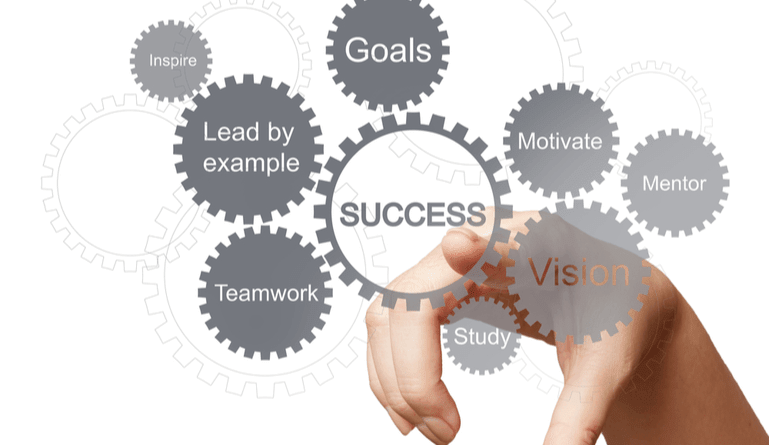How you manage your employees says a lot about how you run your business. Your employees are your biggest asset, and like anything else about a business, they have to be managed to get the most out of your investment. The role of how employees’ performance is evaluated and managed has pivoted in recent years. The 2015 Global Human Capital Trends Report states that more companies that are adopting new performance management models that “tend to focus less on evaluation and more on agile goal setting, regular feedback, coaching, and development.”
Why the shift? According to ClearCompany, “61% of employees don’t know their company’s mission statement. If employees aren’t aware of the company’s direction, it’s difficult for them to see how their contributions matter to the organization, thus affecting their engagement in their work.” This means that employers need to have conversations that are more than just metric-based and connect with employees regularly. It’s no longer enough to tell an employee how they did or didn’t meet the mark on a particular project; it’s also becoming important to have conversations around why that matters and create more context for the work employees are doing.
Performance management planning then starts with employees on day one – it’s not just limited to just performance reviews or annual appraisals. Employee performance is a holistic approach to how employees are engaged with throughout their careers and tenure with a business. Here’s how your management and HR teams can work together to create a performance management plan that works for your organization and your employees.
How to create a performance management plan
1. Prioritize
What’s your mission statement? What’s the purpose of your business? What are the most important values you want to see in employees? Knowing the answer to these questions can help you decide what your business goals and HR goals have to do with each other. You need to identify how your employees’ contributions support your business goals; your HR performance management plan will then outline how you can create the best policies to support and monitor employee performance. After you identify overall HR goals and align them with your business objectives, you’ll move onto prioritizing the expectations for each individual position. Managers will need to help employees track towards their goals through regular conversations, check-ins, and breaking down overall goals into manageable steps involved in completing larger goals.
2. Examine
For an effective performance plan, you need to monitor both your employees and how well your performance plan is working in changing employee behavior, catching problems, improving communication, and more. This starts with regular conversations and questions between employees and supervisors. Weekly check-ins give managers and employees a chance to run through any potential issues and get on the same page regularly. Asking “What are you working on? Is there any help you need?” can help managers understand how their employee prioritize work and allow them to offer suggestions, grow better relationships between employers and employees, and also help managers stay ahead of any issues. HR should be prepared to not just offer training that focuses on improving staff skillsets, but also helping managers understand how to effectively communicate and work with employees during all parts of the review process including how to handle promotions, employee issues, annual reviews, goal setting meetings, and more.
3. Review
How can annual reviews of employee performance and regular reviews of the success of your performance management plan help your business to look forward? While reviewing past success, accomplishments, achievements, and setbacks are critical to both the business and employee, understanding the context of those things in reference to the big picture is important. This goes back to how businesses are positioning their HR performance reviews to ladder up to overarching business goals. Helping employees understand how their daily work and regular projects help contribute to the overall success of the business is becoming a more important part of employee-employer conversations, as it helps keep employees more engaged and leads to greater productivity.
Figuring out a performance management plan that works for your business and your team members is important. Attim notes, “The benefits of performance management include a highly motivated workforce (thanks to enhanced employee engagement resulting from priority alignment), financial gain, and of course, a better management system.”
Creating the best environment for your employees means developing a performance management process that nurtures their strengths and helps addresses weaknesses with training, conversations, and other development. It’s also important to remember that performance management plans are not created once and never revisited – reviews and changes are important as business needs change. Creating effective processes for employee performance management can ensure that the path your employees are on, the expectations that are set, and the work they are doing aligns with the overall strategic needs and goals of the business.




